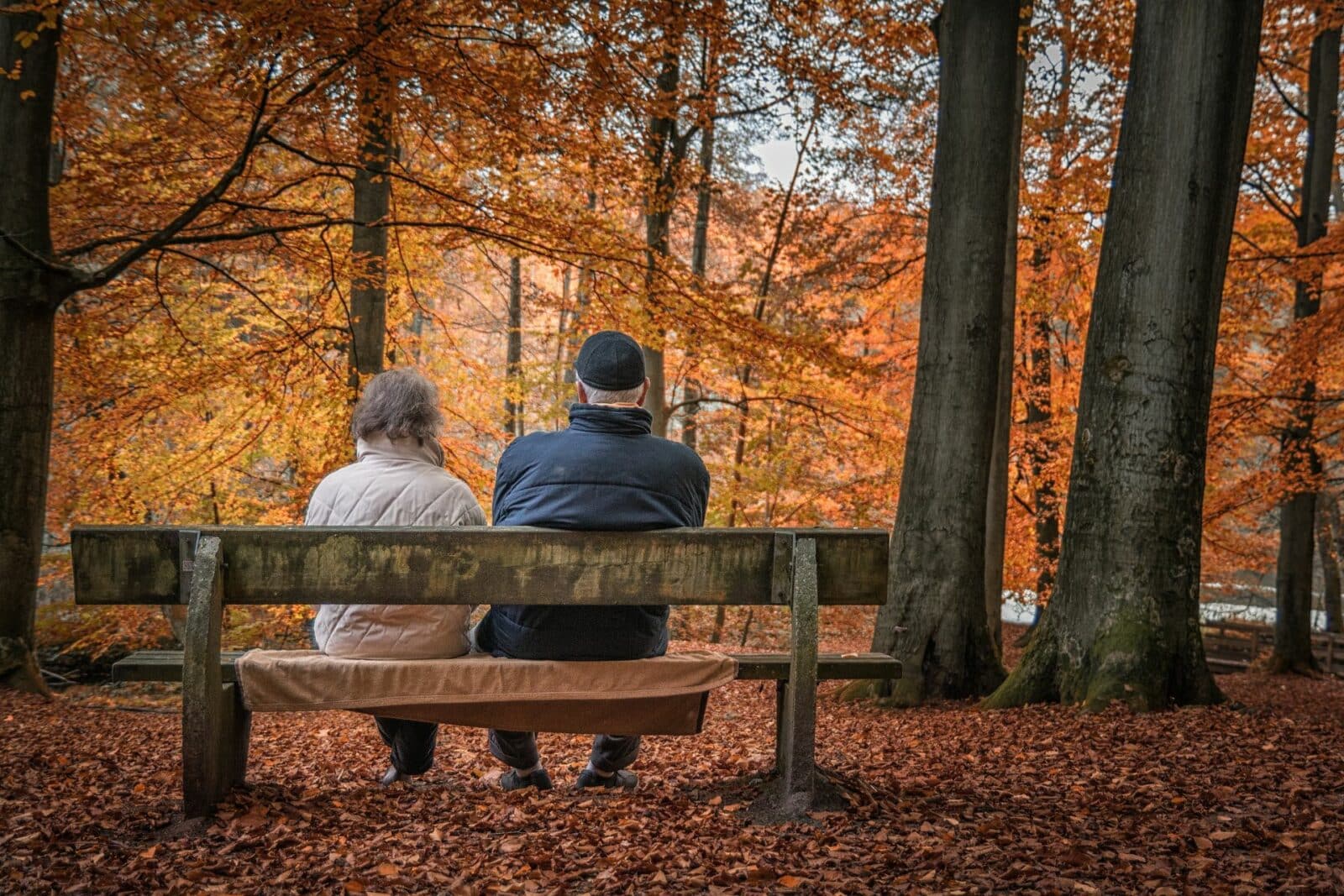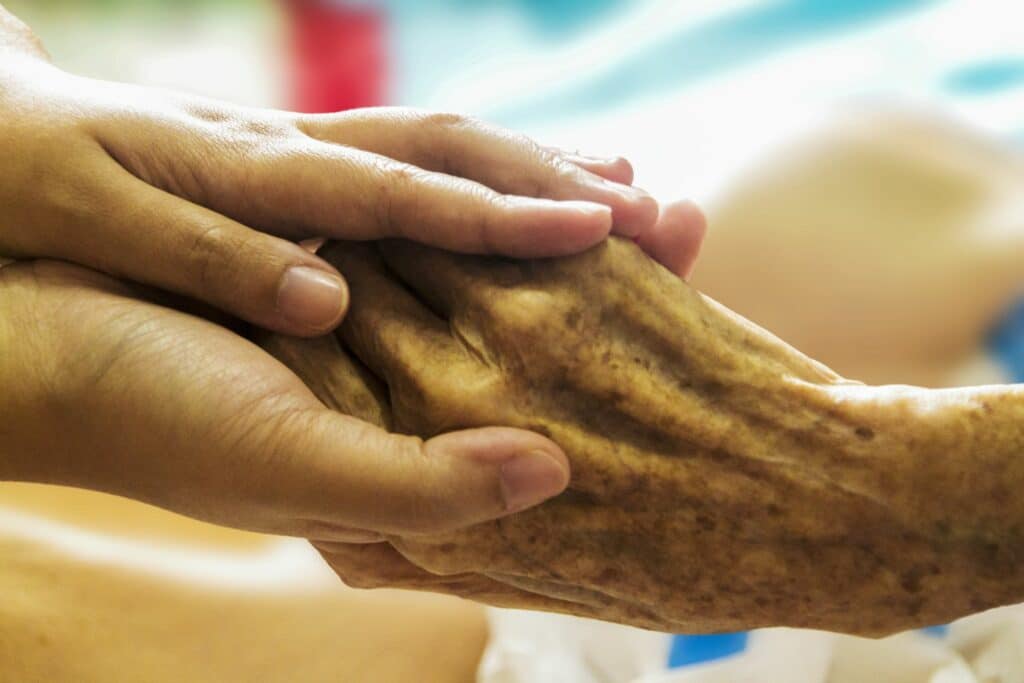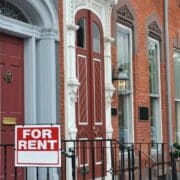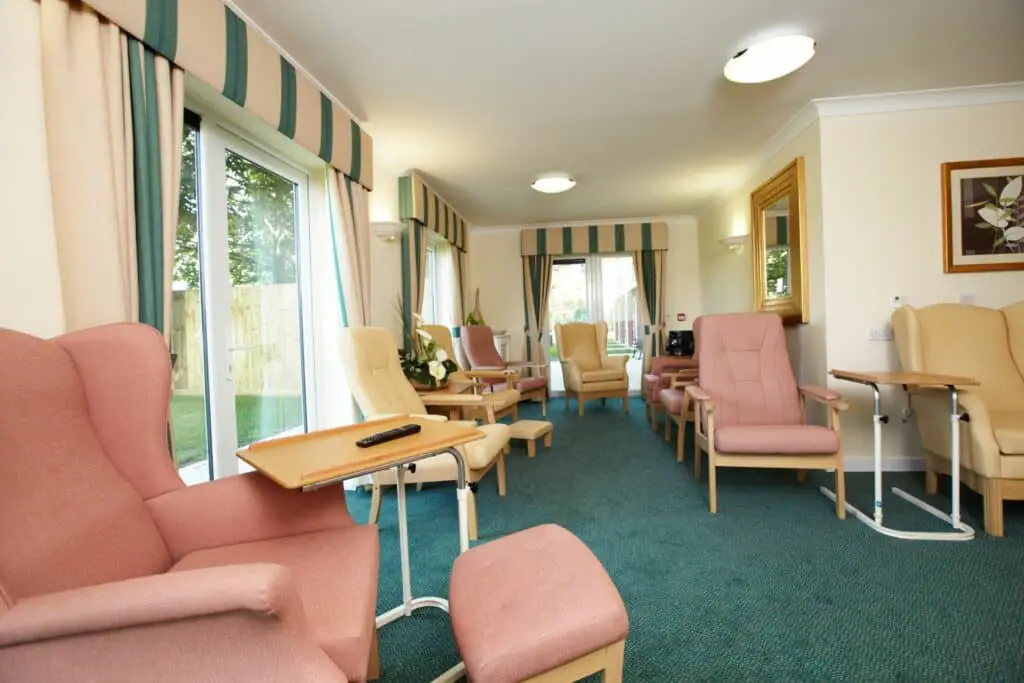The United States is confronting a critical challenge in providing adequate housing and care for its rapidly aging population. A recent Harvard University study highlights this growing issue, revealing a nation unprepared in terms of housing for the older people in America.
The Current Landscape of Elderly Housing
Overview
The study indicates an urgent need for more housing options tailored to the elderly, encompassing affordability, accessibility, and supportive services.
Personal Accounts
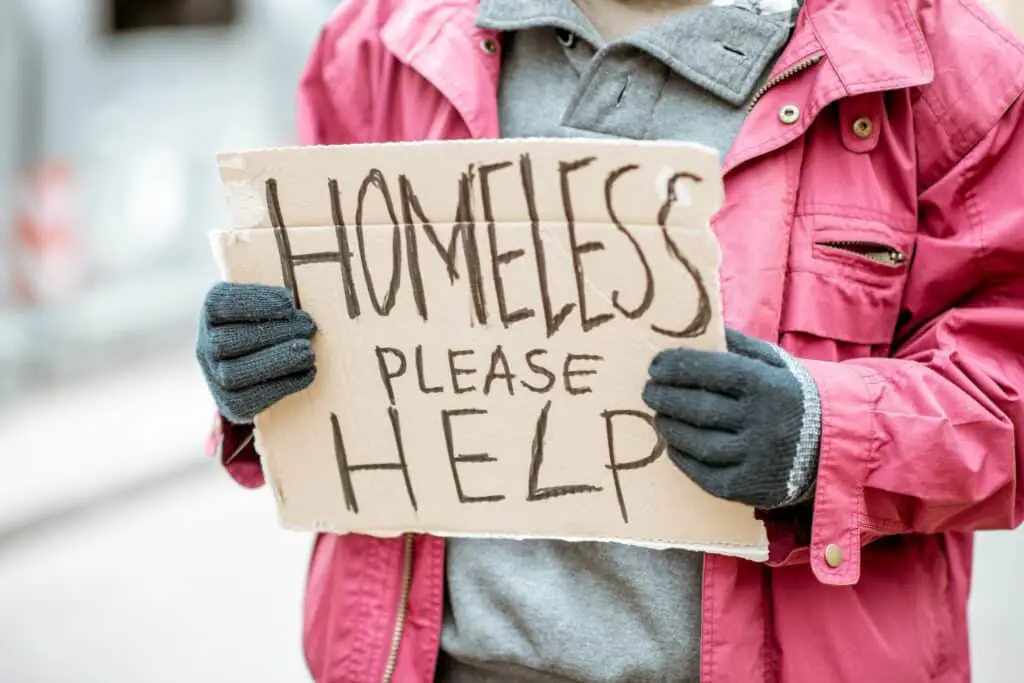
Stories of individuals like Michael Genaldi and Angelita Saldaña illustrate the real-life struggles faced by older Americans who lack proper housing and support.
Michael Genaldi’s Story
Michael’s journey to homelessness started with a devastating accident. A car crash left him with serious injuries, including broken ribs and a coma. After losing his job as a machine operator, he couldn’t keep up with his housing expenses and ended up living in his truck. Things got even tougher when he was diagnosed with stage 2 lung cancer. Without being old enough for Social Security, Michael found himself in a shelter for older individuals, struggling to navigate the disability payments system.
Angelita Saldaña’s Experience
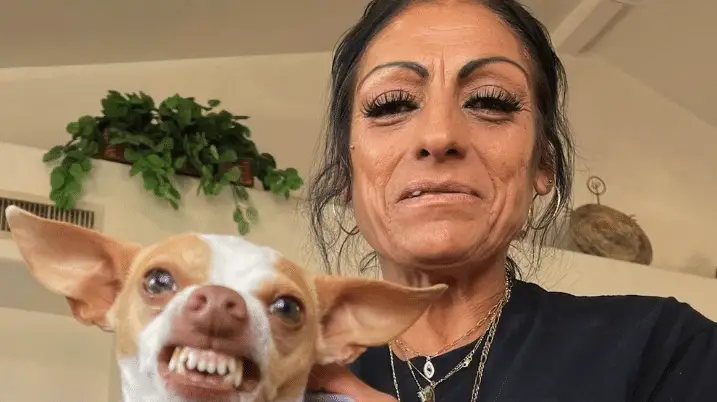
Angelita’s path to homelessness began after her marriage fell apart. Descended from Mexican immigrants, she found herself without a home and lived in her truck with her dog, Gaspar. On a limited disability income of $941 monthly, she couldn’t afford even the cheapest studio apartments in her area, where rents start at around $1,200. She currently resides in the same 60-bed shelter as Michael, with caseworkers assisting her in finding affordable housing.
These stories highlight the complex challenges older individuals face: health crises, financial instability, inadequate social safety nets, and the harsh reality of housing affordability. Their experiences are a stark reminder of the urgent need for comprehensive solutions in housing and supportive care for the aging population.
Government Programs
Federal housing assistance programs in the U.S., such as Section 8 and Section 202, are currently falling short in meeting the demands of the aging population. Despite their aim to provide housing with essential supportive services, these programs reach just over a third of the 5.9 million eligible renters aged 62 and above. This shortfall highlights a significant gap in the system, leaving many older adults without the necessary support. The inadequacy of these programs is a pressing concern, as it forces numerous seniors to either forego essential care or rely heavily on family and friends, complicating their living situations.
The Expanding Crisis:
Statistical Evidence
Growth of the Elderly Population
 Since 2010, the 65-and-older segment of the U.S. population has seen a remarkable growth of over a third (34.2% or 13,787,044), with a 3.2% increase (1,688,924) from 2018 to 2019 alone. This growth spurt is largely attributed to the Baby Boomers (born between 1946 and 1964), who began reaching 65 years old in 2011, marking a pronounced demographic shift.
Since 2010, the 65-and-older segment of the U.S. population has seen a remarkable growth of over a third (34.2% or 13,787,044), with a 3.2% increase (1,688,924) from 2018 to 2019 alone. This growth spurt is largely attributed to the Baby Boomers (born between 1946 and 1964), who began reaching 65 years old in 2011, marking a pronounced demographic shift.
Here’s a bar graph showing the growth of the 65-and-older population in the U.S. from 2018 to 2023. This graph focuses on the more recent increase and includes the estimated growth up to 2023, based on the trend observed in previous years. This visualization effectively highlights the continued and significant rise in the elderly population during this period.
Regional Variations
As of 2019, more than half of the states in the U.S. had a median age exceeding 38.4 years. Notably, all nine states in the Northeast, along with eleven states in the South, six in the Midwest, and three in the West, fell into this category. This is indicative of a broader aging trend across various regions of the country.
State-Specific Demographics
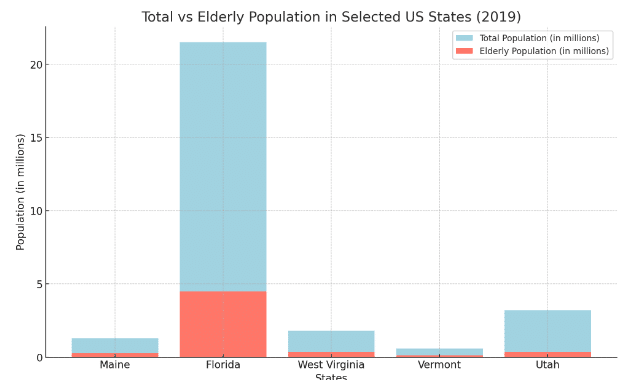 In certain states, the proportion of the population aged 65 or older is particularly high. For instance, in 2019, one in five people in Maine, Florida, West Virginia, and Vermont were in this age group. Maine led with 21.2% of its population being 65 or older, followed closely by Florida (20.9%), West Virginia (20.5%), and Vermont (20.0%). This contrasts with states like Utah, which had the lowest percentage (11.4%) of this age group.
In certain states, the proportion of the population aged 65 or older is particularly high. For instance, in 2019, one in five people in Maine, Florida, West Virginia, and Vermont were in this age group. Maine led with 21.2% of its population being 65 or older, followed closely by Florida (20.9%), West Virginia (20.5%), and Vermont (20.0%). This contrasts with states like Utah, which had the lowest percentage (11.4%) of this age group.
Geographical Hotspot

In the United States, geographical hotspots such as Las Vegas and Miami are experiencing particularly high rates of housing cost burdens among the elderly. These regions, traditionally favored as retirement destinations, are now facing the challenge of rising living costs, which disproportionately affect seniors living on fixed incomes. The combination of high demand for housing, increased living expenses, and limited income sources for many older residents in these areas results in a notable strain on their financial resources, often forcing them to allocate a significant portion of their limited income towards housing costs, leaving less for other essential needs.
Disparities and Challenges:
Economic Inequalities
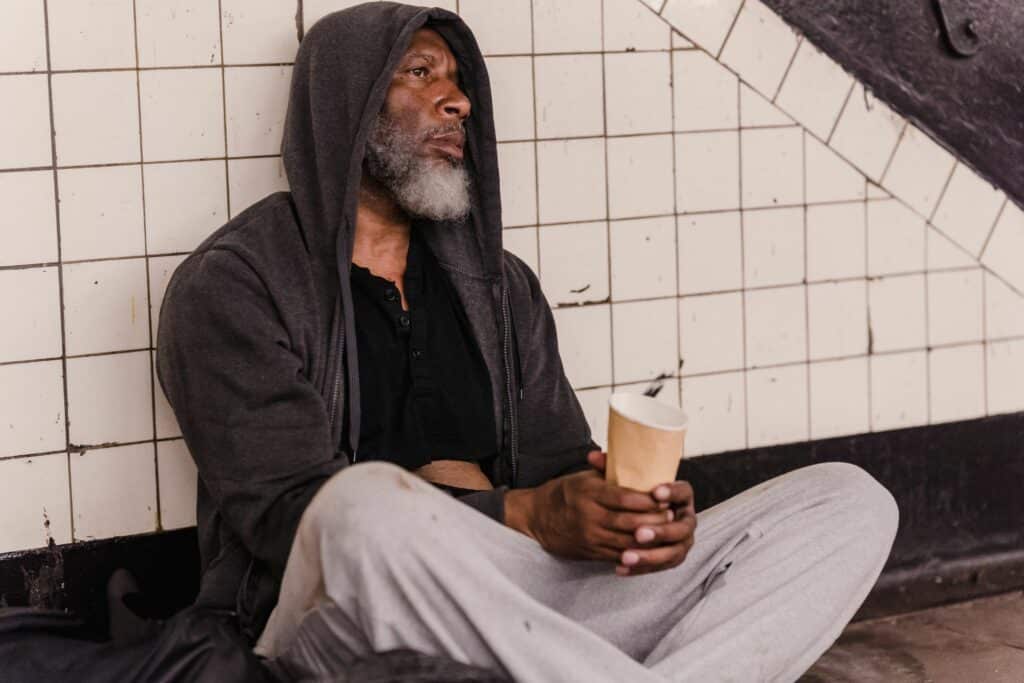
Economic inequalities have a pronounced impact on housing stability, especially among older populations. Older individuals from minority groups, particularly people of color, often encounter heightened risks of housing instability. This vulnerability is compounded for those living alone, who may lack the financial and social support systems available to couples or families. These groups frequently grapple with systemic barriers such as income disparities, limited access to affordable housing, and fewer opportunities for wealth accumulation over their lifetimes. Consequently, they are more susceptible to the challenges of finding stable, affordable housing in their later years, which can significantly affect their overall well-being and quality of life.
Debt and Care Costs
The financial landscape for many older adults is increasingly strained due to escalating mortgage debts and the soaring costs of long-term care. As they age, seniors often find their incomes becoming fixed or declining, while the expenses related to housing and healthcare continue to rise. Mortgage debts have notably increased for those in the 65 and older age bracket, with many needing to tap into their equity to cover basic living and healthcare expenses. Simultaneously, the costs associated with long-term care – including in-home care, assisted living, or skilled nursing facilities – are substantial and often not fully covered by insurance or savings. This dual burden of growing debts and healthcare expenses places a significant financial strain on older adults, impacting their ability to maintain financial stability and afford quality care.
Innovative Solutions and Recommendations:
Creative Housing Models
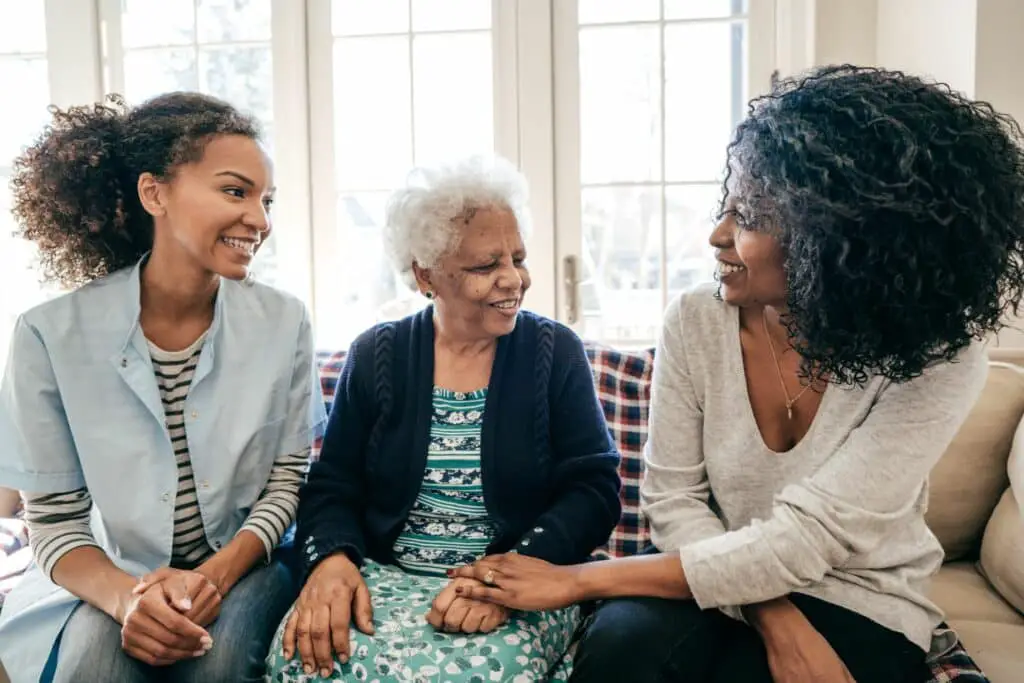
In response to the housing challenges faced by older adults, creative housing models are emerging as practical, cost-effective solutions. Ideas like house sharing, where seniors share living spaces with others, significantly reduce living costs and combat loneliness. Accessory Dwelling Units (ADUs), also known as granny flats or in-law units, offer the elderly a chance to live independently yet close to family or caregivers. Cohousing communities, where individuals have private homes but share common spaces and resources, foster a sense of community and mutual support among residents.
Specialized Shelters
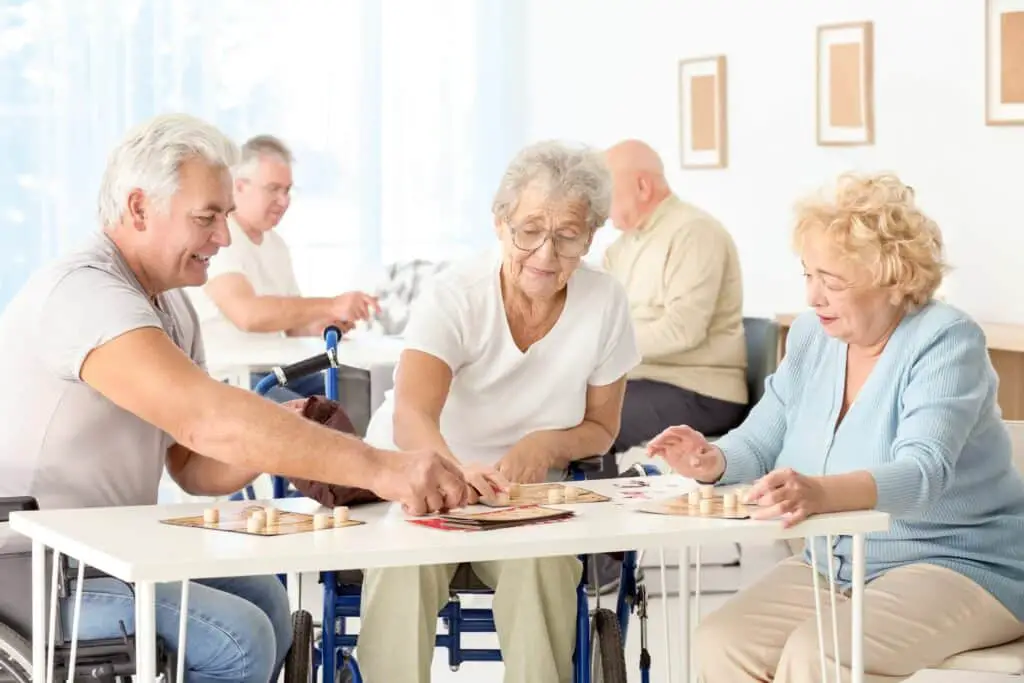
Parallel to these innovative housing models, the success of specialized shelters tailored to the elderly, as observed in Phoenix, underscores the need for age-specific accommodations. These shelters are designed with the unique needs of older adults in mind, featuring more space, limited stairs, and wider doorways for wheelchair access. They often provide not just a place to live, but also access to healthcare services, social activities, and community support, enhancing the quality of life for their residents. These models represent a shift towards more thoughtful, inclusive approaches to housing for the aging population.
Conclusion
Addressing the housing needs of older people in the US is an urgent and complex challenge. It requires collaborative efforts involving government, communities, and innovative housing solutions to ensure a dignified and secure living environment for our aging population.
FAQs: Housing for the Older People in America
What are the main housing challenges for older Americans?
They face a lack of affordable, accessible housing, inadequate government assistance, and a need for supportive services.
How do the housing needs of older people vary by region and demographic?
Housing challenges are more severe in certain retirement-popular regions and among older people of color and those living alone.
What are some innovative solutions to the elderly housing crisis?
Solutions include creative housing models like ADUs and cohousing, as well as specialized elderly shelters.
Related posts:
 Roof Collapse at Florida School Blamed on Construction Material, Officials Report
Roof Collapse at Florida School Blamed on Construction Material, Officials Report
 Europe’s Housing Market Squeezed Amidst Cost-of-Living Crisis
Europe’s Housing Market Squeezed Amidst Cost-of-Living Crisis
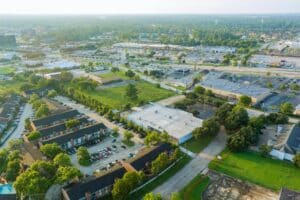 Increase in US Home Construction in 2023 Signals Robust Market Recovery
Increase in US Home Construction in 2023 Signals Robust Market Recovery
 2024 Military Housing Panel: Empowering Voices of Military Families
2024 Military Housing Panel: Empowering Voices of Military Families
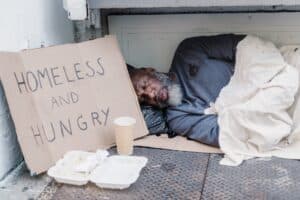 Healthcare or Housing? An Increasing Number of States Redirect Medicaid Funds to Aid the Homeless
Healthcare or Housing? An Increasing Number of States Redirect Medicaid Funds to Aid the Homeless
